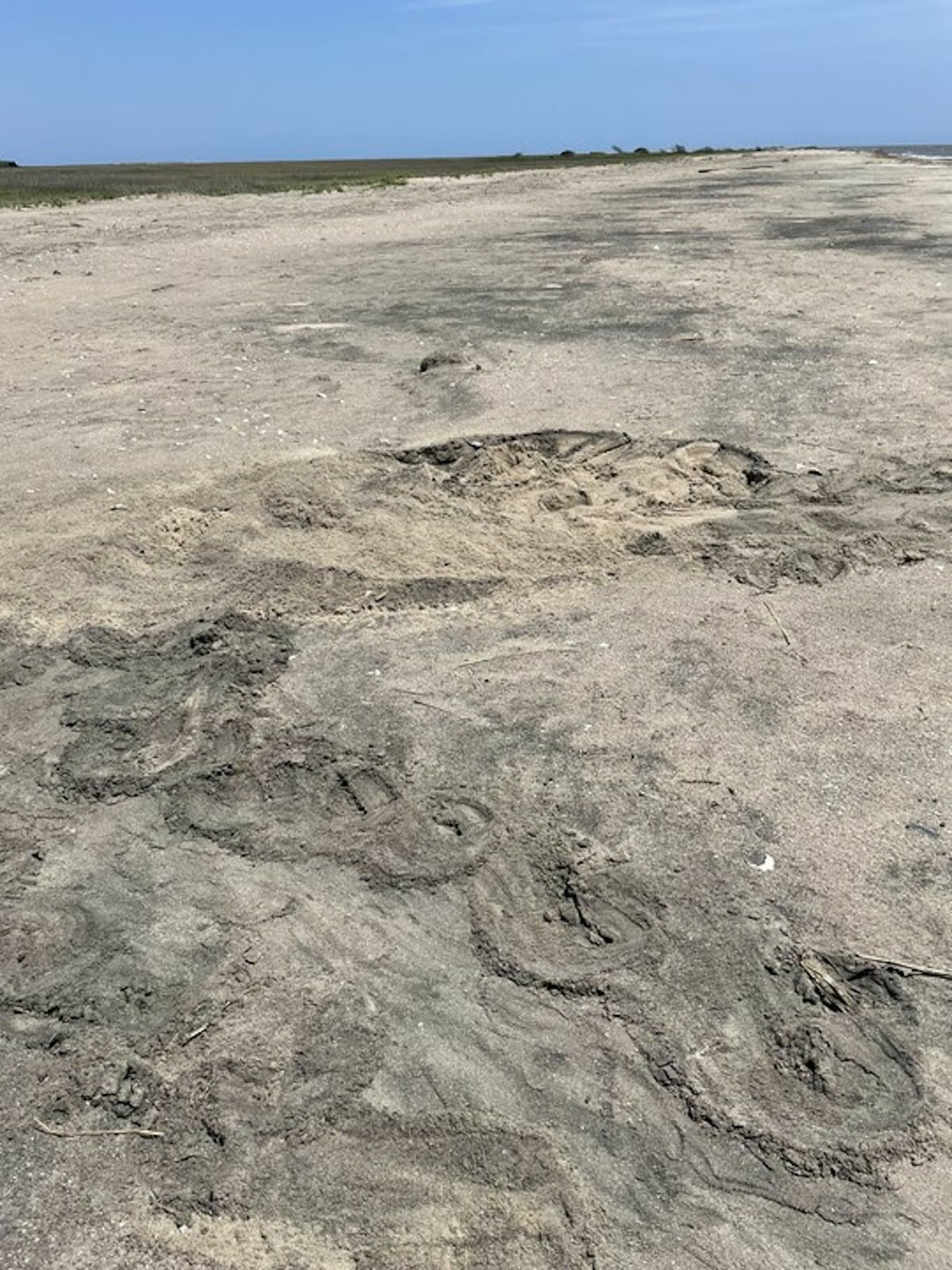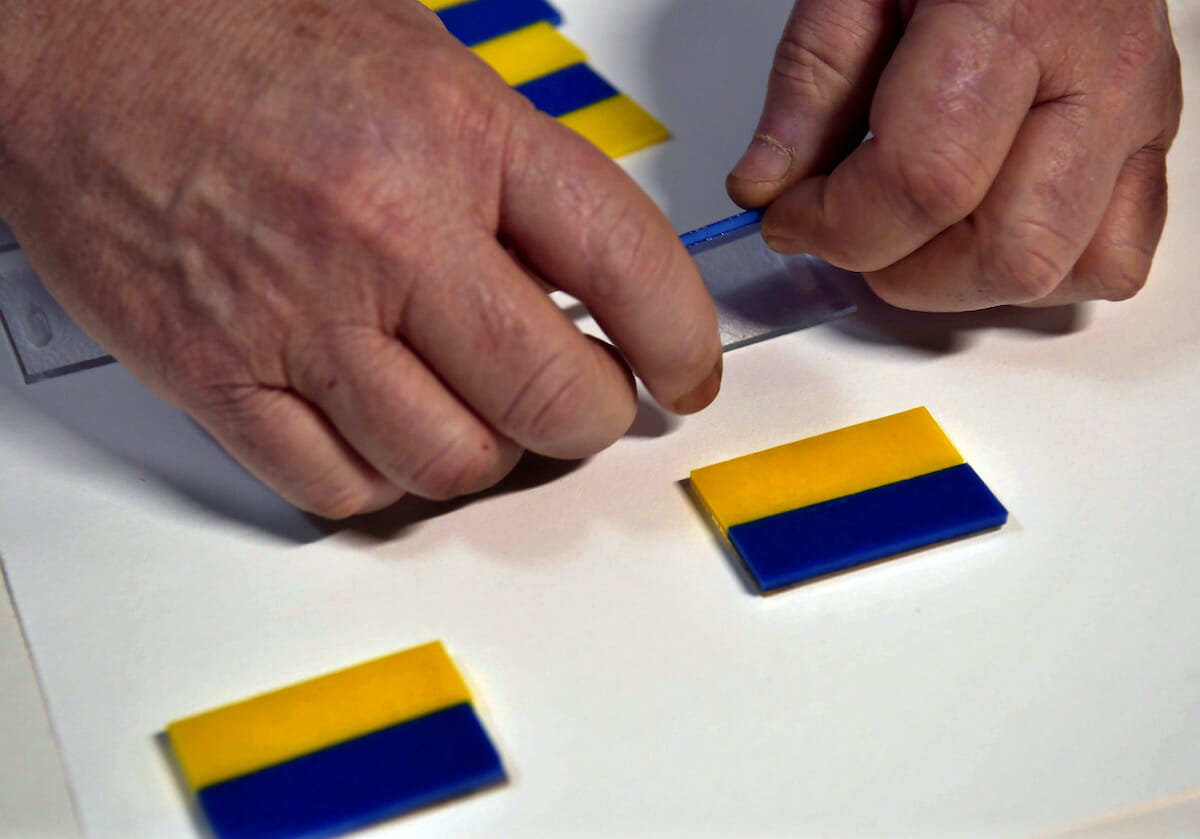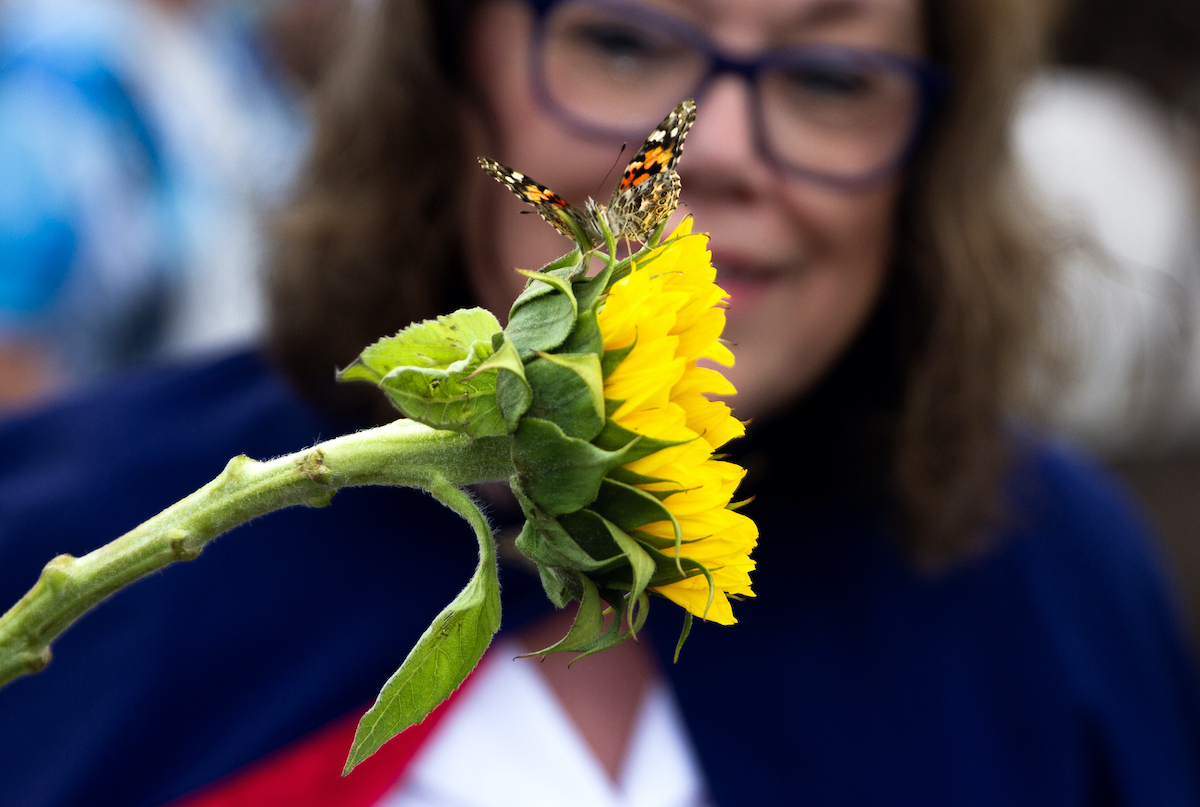From the SCDNR
One day after the ‘official’ start of sea turtle nesting season in South Carolina, a team spotted the first nest of 2022.
Sea turtle staff and volunteers with the U.S. Fish and Wildlife Service were scouting in Cape Romain National Wildlife Refuge when they saw telltale tracks in the sand on Lighthouse Island. Abigail King (“AK”), Billy Shaw and Gina McQuilken, who also found the season’s first nest in 2020, identified the tracks as belonging to a loggerhead sea turtle, by far the most common nester in South Carolina.
Cape Romain National Wildlife Refuge sits approximately 45 minutes north of Charleston and hosts one of the densest sea turtle nesting locations along the eastern seaboard north of Florida. Refuge staff join South Carolina Department of Natural Resources (SCDNR) biologists and more than 1,500 coast-wide volunteers in regularly patrolling beaches from May 1 to October 31 to count, monitor and protect sea turtle nests.
“We’re excited and optimistic for a great nesting season for sea turtles along our coast,” said SCDNR biologist Michelle Pate, who leads the state’s sea turtle nesting program.
For the last two years, nest numbers have held steady at 5,644 nests in 2021 and 5,560 in 2020. Typically, nesting fluctuates from year to year, as female sea turtles lay in a cyclical pattern – it’s not unusual for record-breaking years (like 2019; 8,795 nests) to follow low nesting years (like 2018; 2,766).
Overall, sea turtle nest numbers across the Southeast have trended up over the past decade, making biologists across the region optimistic that these threatened reptiles are beginning to recover after several decades of conservation efforts.
Four sea turtle species nest on South Carolina beaches: loggerheads, greens, Kemp’s ridleys and leatherbacks. All four species are classified as endangered or threatened and are protected under the Endangered Species Act in addition to local and state ordinances. Loggerhead nests comprise most of the state’s total number of nests each year.
Sea turtle clutches average 120 eggs and hatch after approximately 60 days. Nesting females may remain in South Carolina waters and continue to nest every two weeks, laying up to six nests per season. Throughout this stressful time, the turtles also abstain from eating.
South Carolina beachgoers can help the state’s sea turtles by keeping beaches clean, turning beachfront lights out to avoid disorienting turtles and giving all sea turtles and nests a wide and respectful berth when encountered on the beach.
SEA TURTLE NESTING SEASON REMINDERS
Report all sick/injured/dead sea turtles and nest disturbances to the SCDNR at 1-800-922-5431 so that staff/volunteers can respond as soon as possible.
Respect boating laws and boat cautiously, especially in small tidal creeks where sea turtles like to feed. Boat strikes have emerged as the leading cause of death for sea turtles in South Carolina.
Keep artificial lights off the beach at night during nesting season – this includes beachfront property lights and flash photography, which can disorient nesting mothers and hatchlings.
Always respect sea turtles by observing them from a distance on the beach. Individuals that violate federal law by harming or interfering with sea turtles or their nests can be subject to civil penalties of up to $25,000 and up to a year’s imprisonment.
Keep our beaches and ocean clean by avoiding single-use plastics. Plastic bags and balloons are among the most common trash items found on South Carolina beaches and can cause injury or death when sea turtles mistake them for food.
Promote and support continued conservation of sea turtles in South Carolina.









